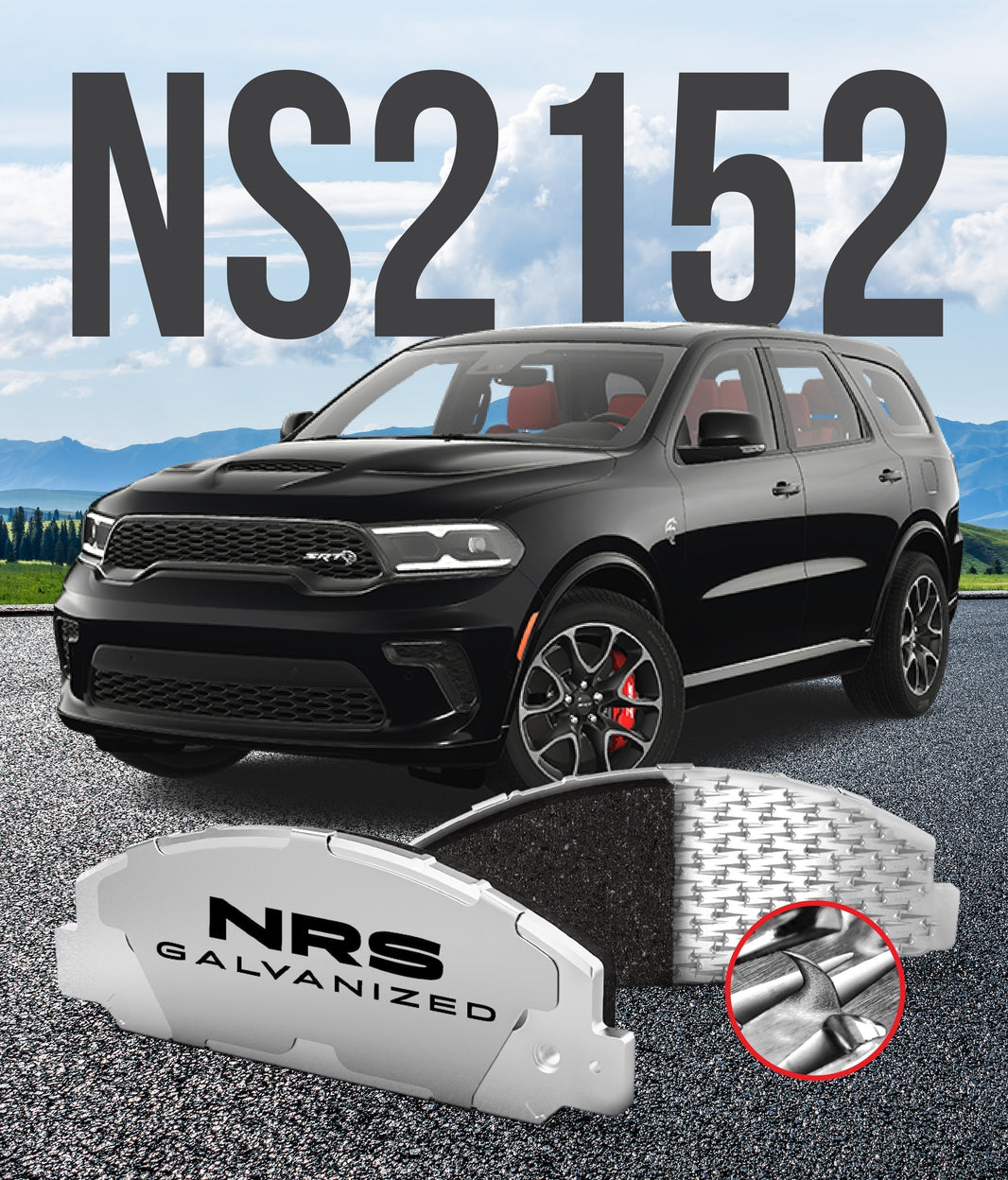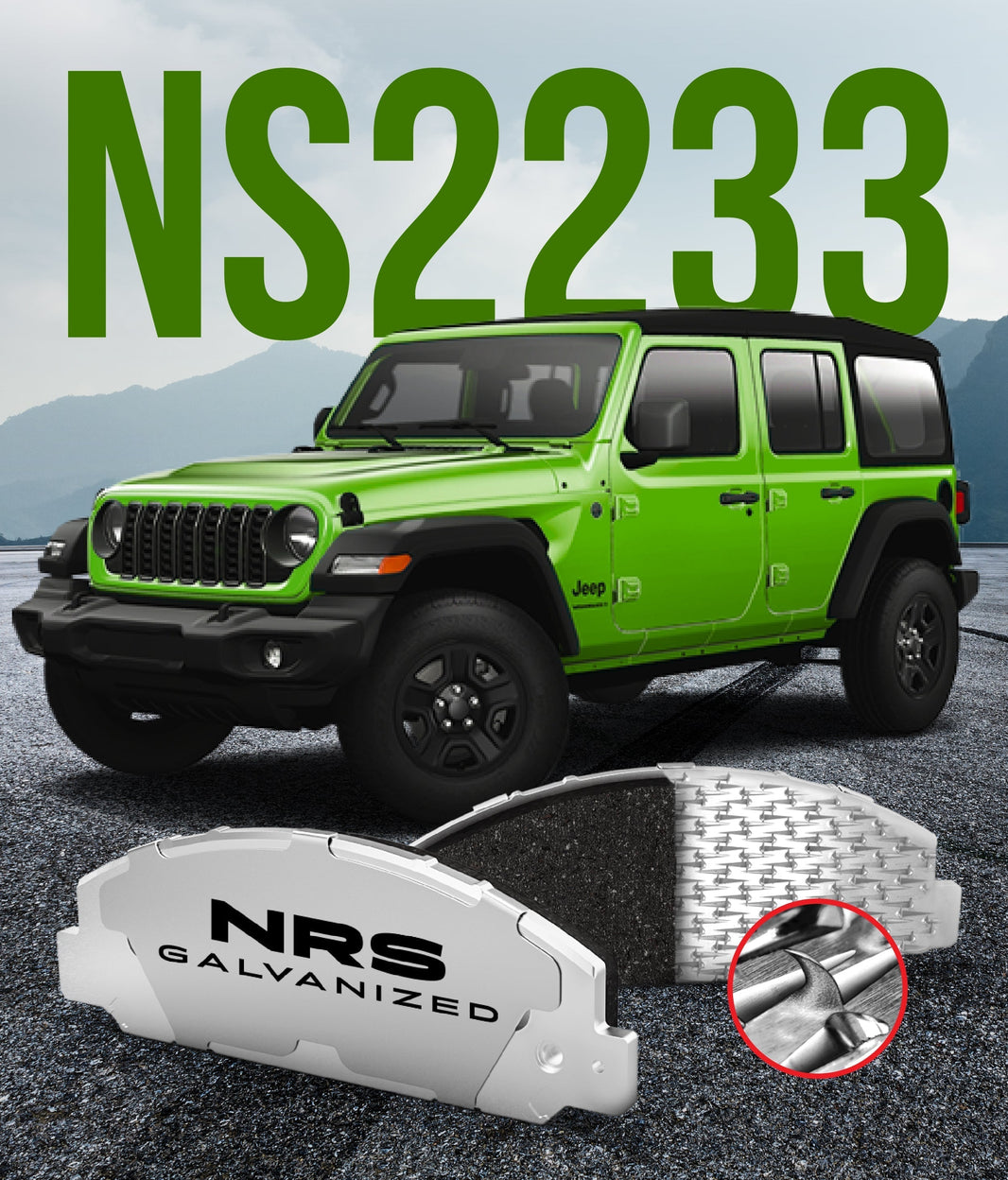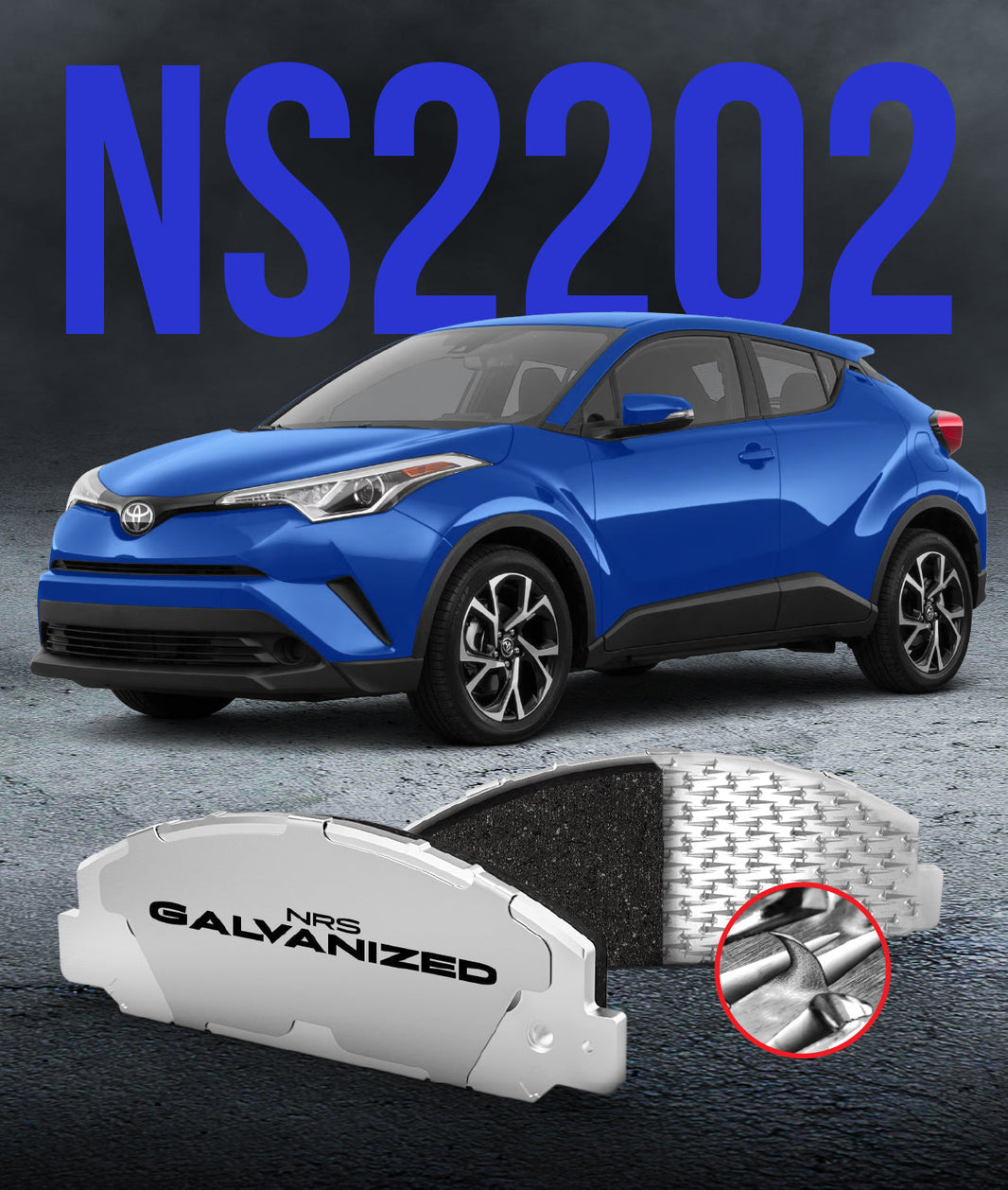
Have you ever gotten behind the wheel, started your car, and found the brake pedal felt like it was set in concrete? Or perhaps while driving, you went to slow down and had to use an alarming amount of leg strength just to get the car to respond. A hard, stiff brake pedal that requires excessive force to operate is the complete opposite of a soft, spongy one, but it is just as serious a safety concern.
This condition indicates that the power assistance for your brakes has failed, leaving you with only the raw mechanical force you can apply with your foot. Stopping a multi-thousand-pound vehicle without this assistance is extremely difficult and dangerous, especially in an emergency. Understanding why your pedal has suddenly become so stubborn is the key to a safe and effective repair.
The Invisible Helper: Your Power Brake Booster
To understand a hard pedal, you must first know about the component you are missing: the power brake booster. Think of it like power steering for your brakes; it multiplies the force you apply to the pedal, making braking feel effortless. Nearly every modern vehicle is equipped with one, and it is a critical part of the overall braking system.
Most boosters are vacuum-operated, using the natural vacuum created by your engine to help you push the piston in the master cylinder. It is a simple but effective system that sits between your brake pedal and the master cylinder. When this system fails, the pedal becomes incredibly difficult to press, yet the brakes might still work if you can push hard enough.
Diagnosing the Loss of Power
A hard pedal almost always points to a failure in the brake booster or the components that supply it with vacuum. The good news is that the problem is often straightforward to diagnose. The issue lies in figuring out why the booster is no longer providing assistance.
What is a Brake Booster?
The brake booster is a round, black canister located on the firewall in the engine bay, directly behind the brake pedal. Inside is a rubber diaphragm that separates the canister into two chambers. Engine vacuum is applied to one side, and when you press the brake pedal, atmospheric pressure is allowed into the other side, creating a pressure difference that helps push the master cylinder piston for you.
A failure of this system means that this pressure assistance is gone. You are left to do all the work yourself, which feels like trying to stop a car with manual brakes from the 1930s. This is why the brake pedal feel is such an important diagnostic tool.
The Critical Vacuum Supply
The most common reason for a brake booster to stop working is a loss of vacuum. A thick rubber hose runs from the engine's intake manifold to the brake booster, supplying it with the vacuum it needs to function. If this hose cracks, splits, or becomes disconnected, the booster will not receive any vacuum and will not provide any assistance.
You can often spot a bad vacuum hose with a simple visual inspection. Look for obvious cracks, especially around the connection points where the rubber bends. You may even hear a hissing sound from the engine bay with the engine running, which is the sound of air being sucked into the leak.
Internal Booster Failure
If the vacuum hose is intact, the problem may lie within the booster itself. The rubber diaphragm inside the booster can tear or rupture with age. When this happens, the booster can no longer hold a vacuum, and the power assist is lost.
A failed diaphragm will often produce a hissing sound from inside the car near the brake pedal, which is most noticeable when you press and release the pedal. Unlike the vacuum hose, the booster itself is a sealed unit that cannot be repaired. If the diaphragm fails, the entire booster assembly must be replaced.
Other, Less Common Causes
While a booster-related issue accounts for the vast majority of hard pedal complaints, a couple of mechanical problems can create similar symptoms. These issues prevent the force from your pedal from being effectively transferred to the wheels. This creates a resistance that can feel like a hard pedal.
A summary of potential causes includes:
-
Failed brake booster
-
Cracked or disconnected vacuum hose
-
Faulty check valve in the vacuum line
-
Seized brake caliper pistons
-
Stuck caliper guide pins
-
A blockage in a brake line
Seized or sticking mechanical parts, like a brake caliper piston or guide pins, can also cause a stiff pedal. If these components corrode and can no longer move freely, they can prevent the brake pads from contacting the rotor. You are then pushing against a system that is physically stuck, which requires a great deal of effort.
A Simple Troubleshooting Guide
You can perform a quick and easy test to determine if your brake booster is working correctly. This test requires no tools and can be done in your driveway in less than a minute.
-
With the engine off, pump the brake pedal four or five times. This will bleed off any residual vacuum stored in the booster. The pedal should feel firm and high after a few pumps.
-
Hold your foot on the brake pedal with moderate pressure.
-
While keeping pressure on the pedal, start the engine.
-
As the engine starts, you should feel the brake pedal sink slightly under your foot.
This sinking sensation is the booster receiving vacuum from the engine and beginning to work, pulling the pedal down with its assistance. If the pedal does not move at all when you start the engine, the power assist system is not working. This confirms that the problem lies with the booster, the vacuum hose, or the check valve.
Conclusion
A hard brake pedal is a clear sign that your power brake assist has failed, leaving you with unassisted, manual brakes that are difficult to operate. The most common culprit is a loss of engine vacuum due to a bad hose or a failed brake booster diaphragm. This is a serious safety issue that dramatically increases your stopping distance and the physical effort required to slow down.
Never continue to drive a vehicle with a hard brake pedal. The system requires immediate professional attention to diagnose the cause and restore the power assistance. A prompt brake check will ensure your vehicle is safe to operate. Have you ever experienced a sudden change in how your brake pedal feels?




